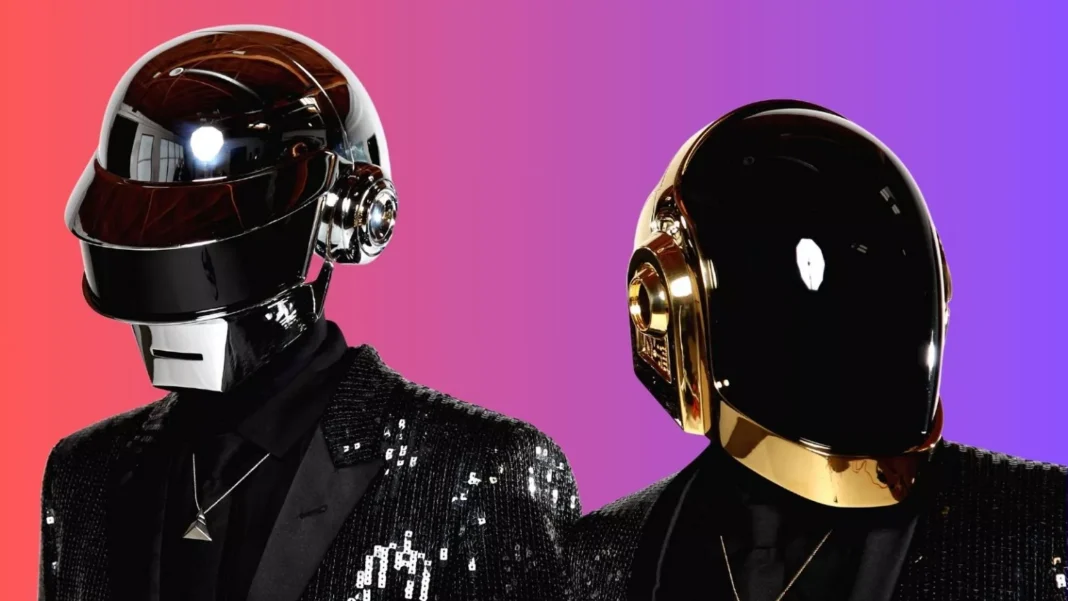Daft Punk, the enigmatic French electronic duo, transformed the landscape of modern music with their fusion of house, funk, rock, and disco—packaged in futuristic aesthetics and helmeted mystery. Comprising Thomas Bangalter and Guy-Manuel de Homem-Christo, Daft Punk emerged from the underground Parisian house scene in the early 1990s to become global pioneers of electronic music. Their sound was as innovative as their image, blending analog warmth with digital precision, often pushing the boundaries of genre and technology.
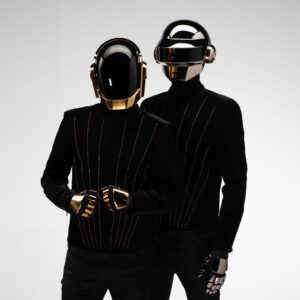
Origins: From Punk Roots to House Beats
Before they were robots, they were punks—literally. The name “Daft Punk” was inspired by a negative review of their earlier rock band, *Darlin’*, which was dismissed as “a daft punky thrash.” Embracing the insult, the duo turned to electronic production, finding their identity in drum machines, vocoders, and synthesizers.
Their 1997 debut album, *Homework*, featured raw, thumping tracks like “Da Funk” and “Around the World,” instantly setting them apart from mainstream pop and laying the groundwork for the French house movement.
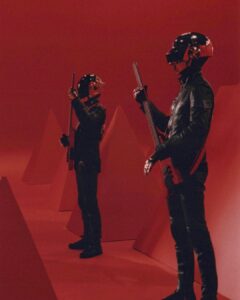
Human After All: Artistry Meets Anonymity
As Daft Punk’s fame grew, so did their desire for artistic control and personal privacy. By donning custom-designed robot helmets and futuristic suits, they created a visual brand that was both iconic and mysterious. The masks weren’t just gimmicks—they symbolized their belief in music over personality, letting their work speak louder than their identities.
This robotic persona became a powerful storytelling tool, explored fully in their 2001 album *Discovery*, a glittering tribute to childhood wonder, anime, and disco. Hits like “One More Time,” “Digital Love,” and “Harder, Better, Faster, Stronger” became anthems for a new generation of electronic fans and cemented their place in pop culture.
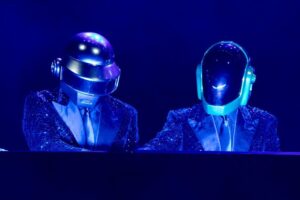
The Pyramid and the Peak
Daft Punk’s 2006 *Alive* tour is now considered legendary. Performing atop a glowing pyramid, they reimagined their catalog as a seamless, pulsating mix of beats and visuals, redefining what a live electronic performance could be. That show not only influenced future festival stages but set the gold standard for EDM shows.
In 2010, they scored Disney’s *Tron: Legacy*, blending cinematic orchestration with digital dystopia. And in 2013, they made perhaps their biggest commercial and critical leap yet.
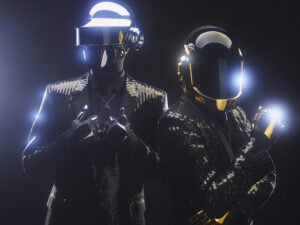
Random Access Memories: Robots with Soul
With *Random Access Memories*, Daft Punk went analog. Collaborating with legends like Nile Rodgers, Giorgio Moroder, Pharrell Williams, and Julian Casablancas, the duo crafted an album soaked in live instrumentation and retro soul. “Get Lucky” became a global hit, and the album won multiple Grammys, including **Album of the Year**.
It was a love letter to music history—proof that even robots could groove with human emotion.
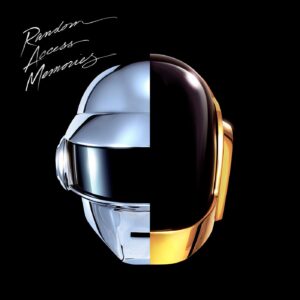
The End of an Era
On February 22, 2021, Daft Punk announced their split in a surreal 8-minute video titled *Epilogue*, featuring scenes from their 2006 film *Electroma*. Without words, they walked off into the digital sunset, leaving behind a legacy of innovation, imagination, and influence.
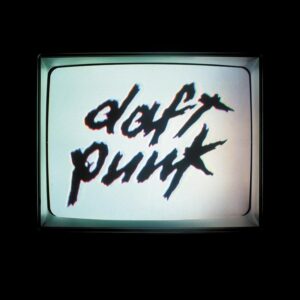
Legacy: More Than Music
Daft Punk’s impact goes far beyond chart success. They changed the way electronic music is perceived—turning it from club fare to arena-filling spectacle. They influenced artists across genres, from Kanye West to The Weeknd, and helped lay the foundation for today’s EDM and synth-pop scenes.
They were robots, yes—but Daft Punk made music that was deeply, unmistakably human.
Fun Fact: Even though they rarely spoke publicly, Daft Punk’s sound said more than a thousand interviews ever could.



